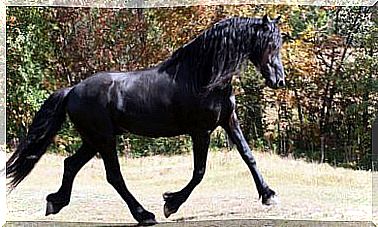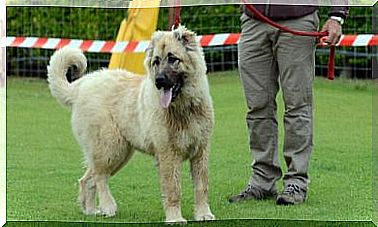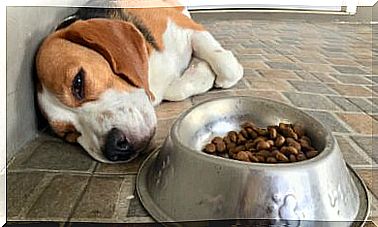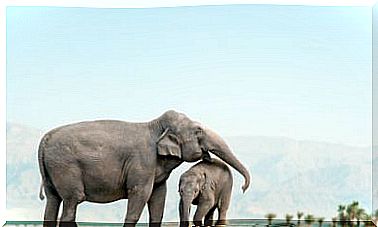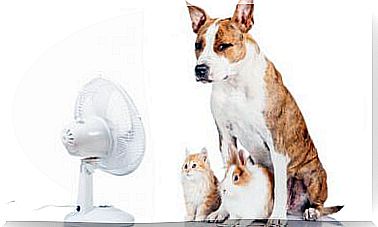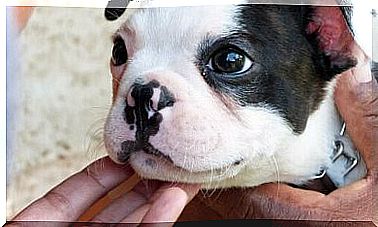Signs Of Aging In Your Cat
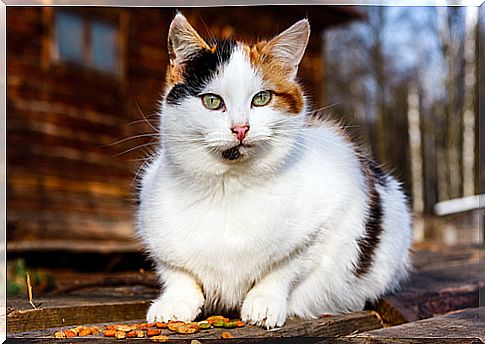
Like humans, animals grow old and their body suffers. As in general, they live less than humans, they age in less time and sometimes the owners do not realize that although our cat is only 6 years old, it is already in its old age stage. Here we tell you what are the signs of aging in your cat, so that you can recognize the signs that will indicate that your dear friend can no longer do everything he did before.
White hair
The first sign of aging in cats is gray hair. As with humans, cats’ fur gradually turns gray over time. The graying begins on the face and with loose hairs on the back or legs and then it will spread throughout the body, although the coat will never become completely white.
Lack of movement
Another sign of aging in cats is that they become lazier, need more sleep, and find it difficult to move. Their activity decreases and so does their pace of play, although they may continue to play with less intensity.
Tooth problems
In addition, the teeth of cats weaken with age and they can even lose some pieces, so it will cost them more to eat (and let alone hunt, if it is a farm cat). Likewise, cats with a lot of tartar can suffer from problems such as gingivitis (inflammation of the gums) or stomatitis (generalized inflammation of the gums and their supporting tissues), which causes the feline to feel pain when eating and may even stop eating. ingesting food because of this pain. The ideal is to check the cat’s mouth from time to time to check the absence of tartar and inflammation of the gums. In addition, they need a correct diet based on natural feed or raw food.
Joint pains

Another important sign is that the cat stops relieving itself in the litter tray and does it right next to it. This may be due to the fact that many kittens get older, they have joint or muscle pain in the area of the hind legs and hips. Thus, the cat stops jumping to places where it used to climb, such as chairs, tables or even its scratching post, and when it goes to the tray it feels pain in its hind legs and the type of sand prevents it from balancing. The potty next to the tray instead of on it indicates that the cat really wants to do its thing in the sand, but for some reason it cannot. In this case, it will be necessary to consider changing the sand.
Loss of senses
Older cats, like people, can gradually lose their senses, smell, hearing, or vision. This would produce a lack of attention on the part of our little friend, clumsiness in his movements and irascibility. In addition, older cats seek to be calm and hiss if they are disturbed, especially if you want to catch them all the time. You have to respect their hours of sleep and tranquility.
Renal problems
In addition, older cats can suffer from kidney failure and urinate out of their tray, on horizontal, soft surfaces. If this begins to occur, it is recommended to do a urinalysis to verify that it is indeed a kidney failure. This, together with the lack of hygiene that normally appears with age, makes it difficult to live with an older cat. The elderly spend less time on personal hygiene, either due to physical pain, which prevents them from moving, or a problem in the mouth. For this reason, the fur of older cats is usually less shiny and soft than that of a young cat.
Overweight
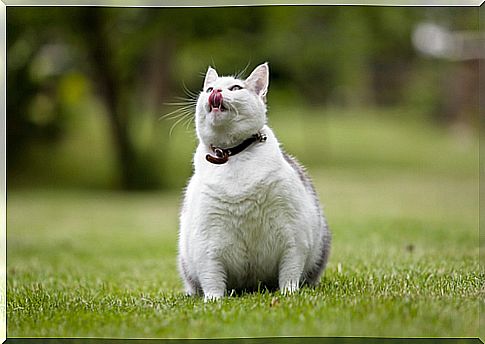
Due to the lack of activity, older cats tend to get fat. It is also possible that you start to develop diabetes at this age. If you drink a lot of water, eat a lot, but still lose weight, you may have diabetes. In addition to taking it to the vet, it will be necessary to strictly control our pet’s diet.
Tumors
A final sign or danger of age is that unsterilized cats and cats are more prone to tumors, especially in the female breasts and in the male prostate. Felines spayed at an early age have a lower risk of cancer.
There are many other symptoms that can indicate that our dear friend is getting old. Many of them are signs of diseases that cats get when they get older. For this reason, before any symptoms or behavior change in our pet, we must go to the vet.
